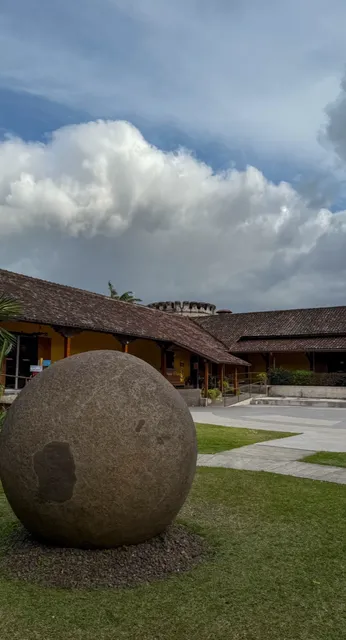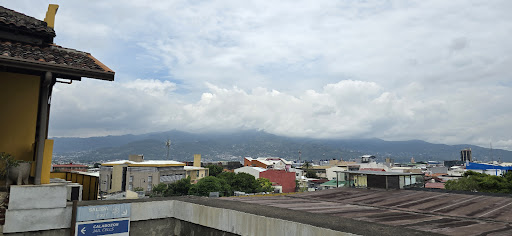National Museum of Costa Rica things to do, attractions, restaurants, events info and trip planning
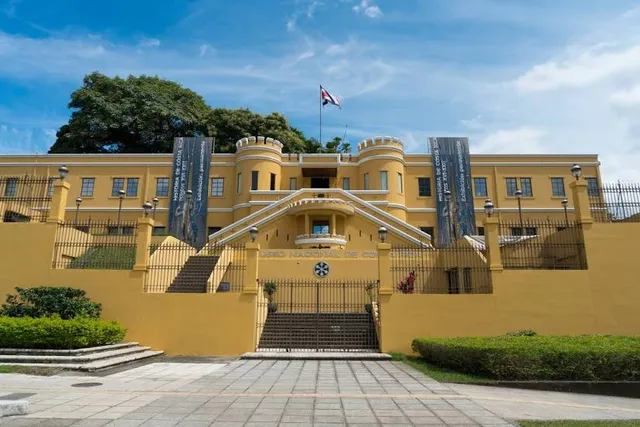
Basic Info
National Museum of Costa Rica
Cuesta de Moras, Av. Central, San José, Bella Vista, 10101, Costa Rica
4.7(3.6K)
Open 24 hours
Save
spot
spot
Ratings & Description
Info
The Museo Nacional de Costa Rica is the national museum of Costa Rica, located in the capital of San José. It is located at Calle 17, between Central and Second Avenue, Cuesta de Moras. It moved to its current location in 1950.
Cultural
Accessibility
attractions: Museo del Jade, Parque Nacional, Our Lady of Solitude Catholic Church, CENAC, MADC, Parque España, Plaza de la Cultura, Parque de las Garantías Sociales (Parque de la Caja), Biblioteca Nacional "Miguel Obregón Lizano", National Theater of Costa Rica, restaurants: Restaurante Wong's 皇朝, Sapore Trattoria San José, Fritos Restaurant, El Lobo Mestizo, La Esquina de Buenos Aires, Tin Jo Restaurant, Hamburger Factory, Soda Nena, Q'Empanadas, Café Otoya
 Learn more insights from Wanderboat AI.
Learn more insights from Wanderboat AI.Phone
+506 2211 5700
Website
museocostarica.go.cr
Plan your stay

Pet-friendly Hotels in Catedral
Find a cozy hotel nearby and make it a full experience.

Affordable Hotels in Catedral
Find a cozy hotel nearby and make it a full experience.
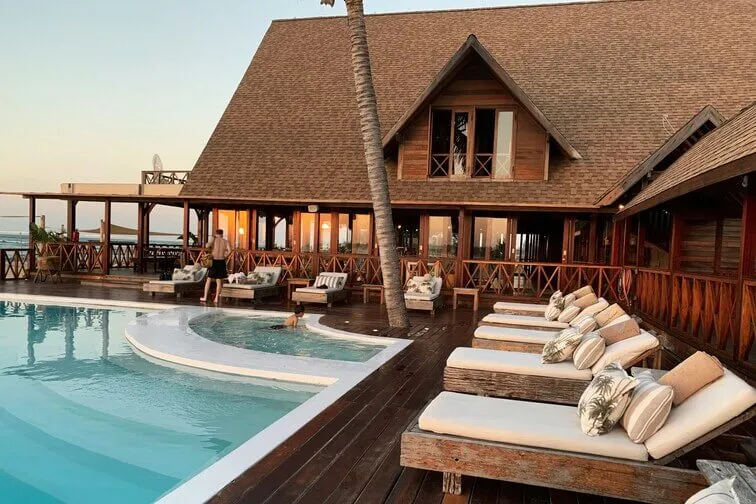
The Coolest Hotels You Haven't Heard Of (Yet)
Find a cozy hotel nearby and make it a full experience.

Trending Stays Worth the Hype in Catedral
Find a cozy hotel nearby and make it a full experience.
Reviews
Nearby attractions of National Museum of Costa Rica
Museo del Jade
Parque Nacional
Our Lady of Solitude Catholic Church
CENAC
MADC
Parque España
Plaza de la Cultura
Parque de las Garantías Sociales (Parque de la Caja)
Biblioteca Nacional "Miguel Obregón Lizano"
National Theater of Costa Rica
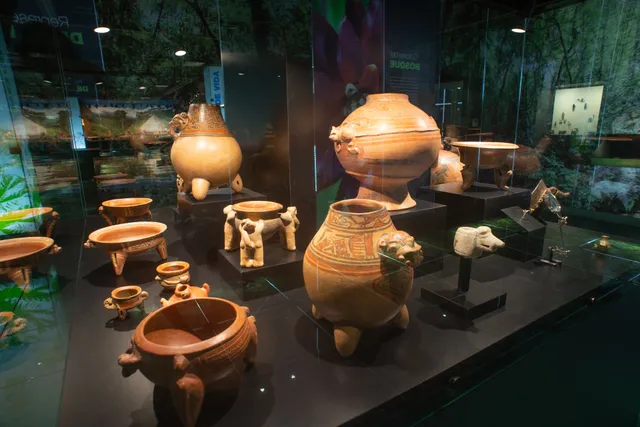
Museo del Jade
4.7
(1.7K)
Open 24 hours
Click for details

Parque Nacional
4.6
(3K)
Open 24 hours
Click for details
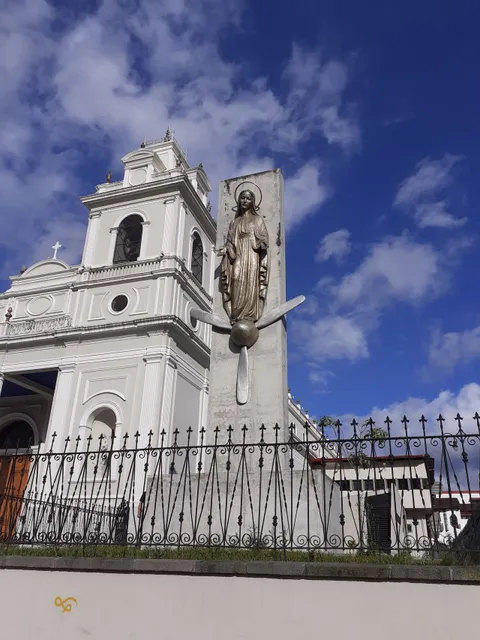
Our Lady of Solitude Catholic Church
4.7
(717)
Open 24 hours
Click for details
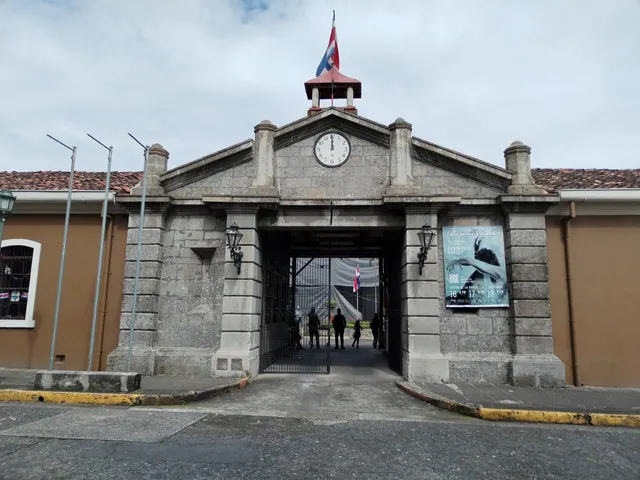
CENAC
4.7
(618)
Open 24 hours
Click for details
Things to do nearby
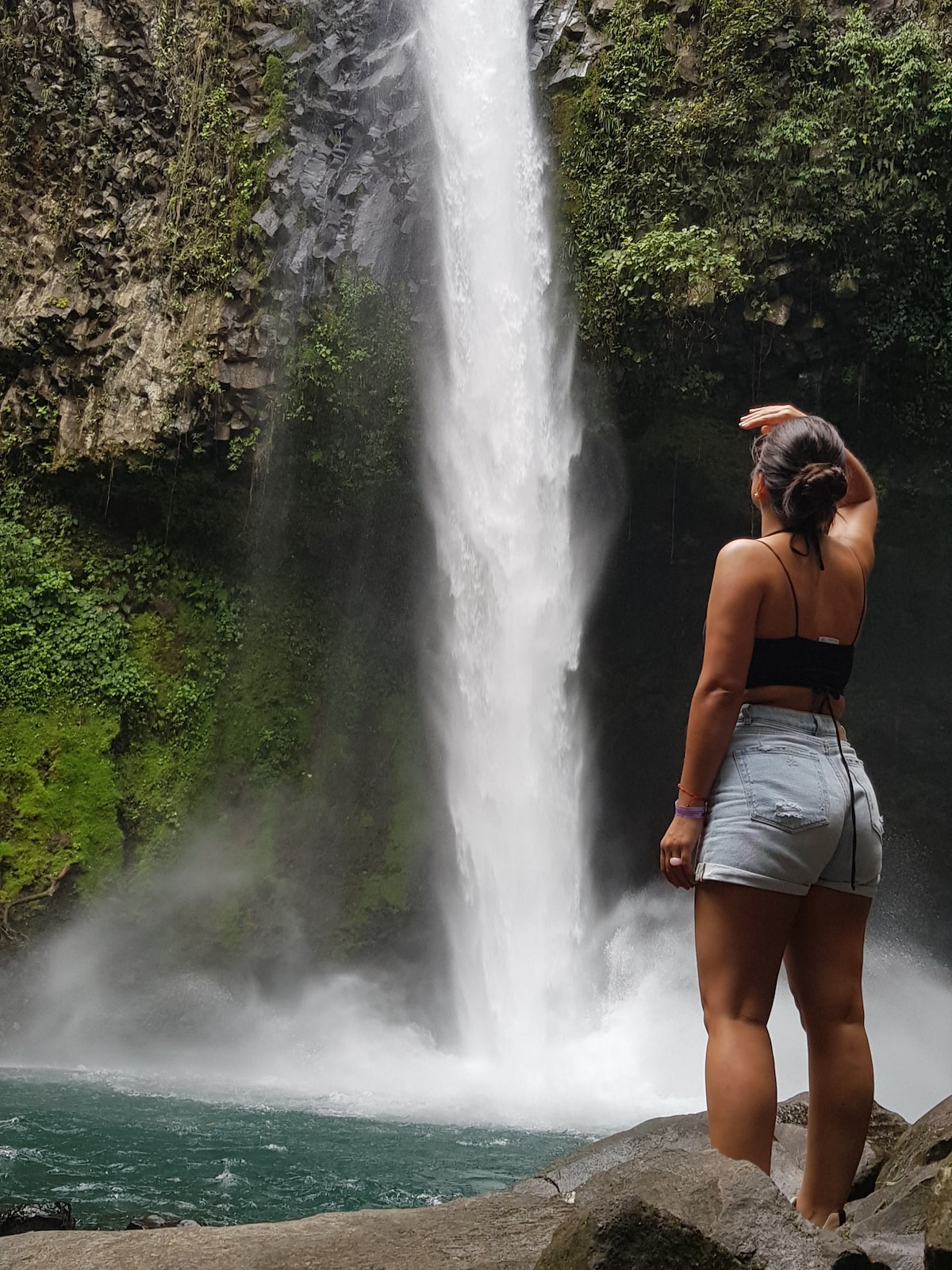
Enjoy a waterfall and hot springs next to the volcano
Tue, Dec 23 • 7:00 AM
San José Province, San José, 10104, Costa Rica
View details

Explore San Joses bites and sights
Tue, Dec 23 • 10:00 AM
San José Province, San José, 1250, Costa Rica
View details
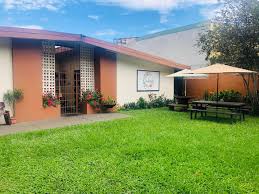
Sloths, birds and trees: City walking nature tour
Tue, Dec 23 • 8:30 AM
San José Province, San Pedro, 11503, Costa Rica
View details
Nearby restaurants of National Museum of Costa Rica
Restaurante Wong's 皇朝
Sapore Trattoria San José
Fritos Restaurant
El Lobo Mestizo
La Esquina de Buenos Aires
Tin Jo Restaurant
Hamburger Factory
Soda Nena
Q'Empanadas
Café Otoya
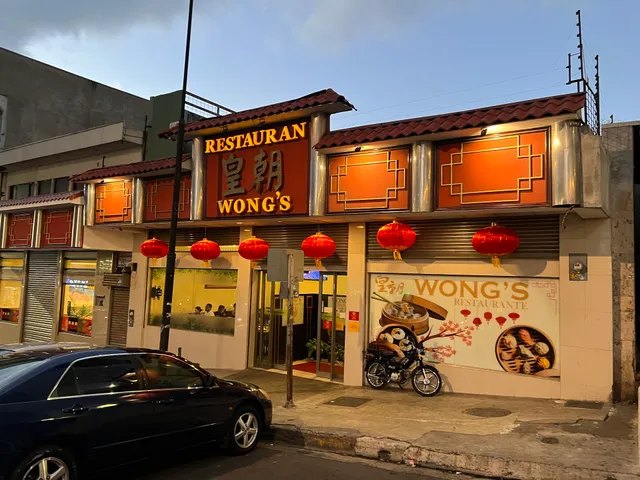
Restaurante Wong's 皇朝
4.5
(1.8K)
Click for details
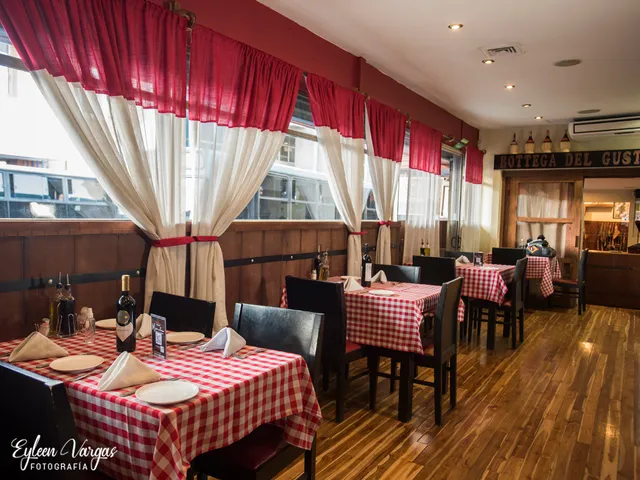
Sapore Trattoria San José
4.6
(861)
$$
Click for details

Fritos Restaurant
4.7
(561)
Click for details

El Lobo Mestizo
4.5
(706)
Click for details


